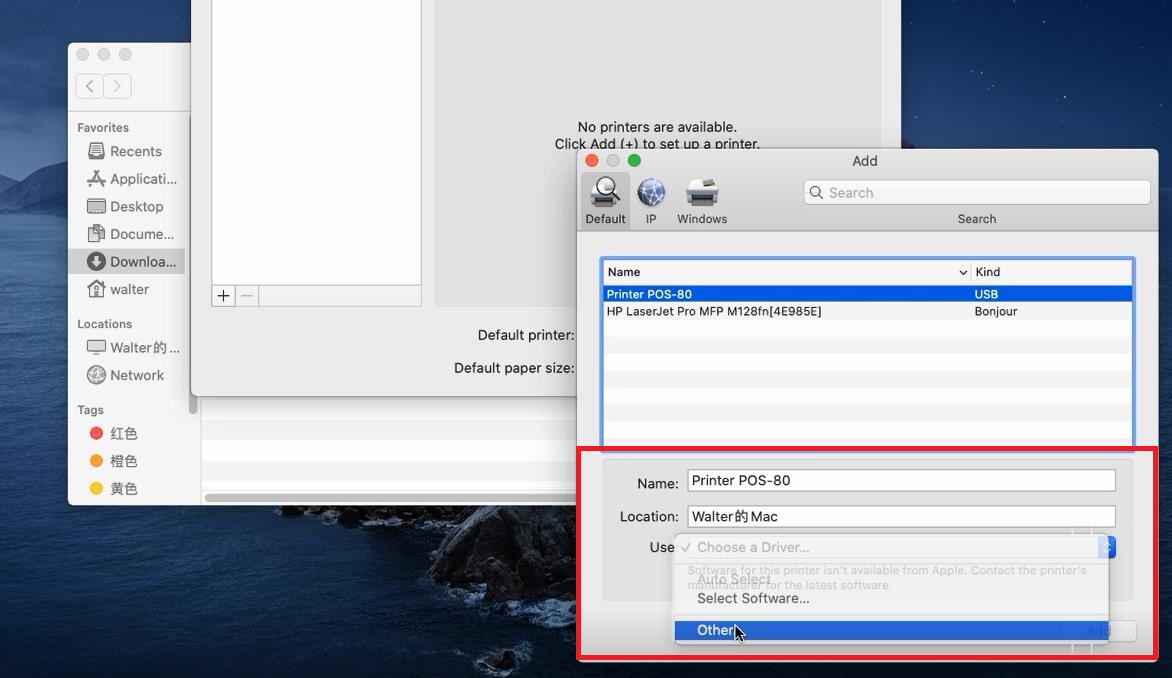

#Mac os x driver for len lt1423p full
as implemented by specialist hardware and custom video driver) which may relate to two or more physical monitors and individual touch screens are to be associated with the full monitor video area. The desktop supports individual monitor(s) but lists virtual monitor(s) in the desktop properties (e.g. In this case each UPDD supported device is associated with an individual monitor monitor 1, monitor 2 etc or a specified device name. The desktop supports individual monitor(s) and lists each monitor in the desktop properties and individual touch screens are to be associated with the full monitor video area. In this case UPDD associates all the touch devices with the same monitor. There are a number of possible multi-monitor / multiple device configurations.

When using UPDD in a multi-monitor environment the following issues need to be considered.

To view the monitor layout as retrieved by our driver using this function use the monitors option of our command line utility. Therefore the UPDD driver can only support configurations that are identifiable by this function and in most cases we would expect this to handle most multi-monitor configurations. For successful UPDD multi-monitor operation this layout information must correctly reflect your monitor setup. The driver utilises a specific, cross-platform, graphics function to retrieve monitor layout information. This document describes the multi-monitor and device considerations for each of the supported desktop operating systems. This means that UPDD can cater with a system that has more than one monitor or more than one pointer device and any combination thereof can be supported. UPDD supports both multi-monitor and multiple pointer device configurations.


 0 kommentar(er)
0 kommentar(er)
